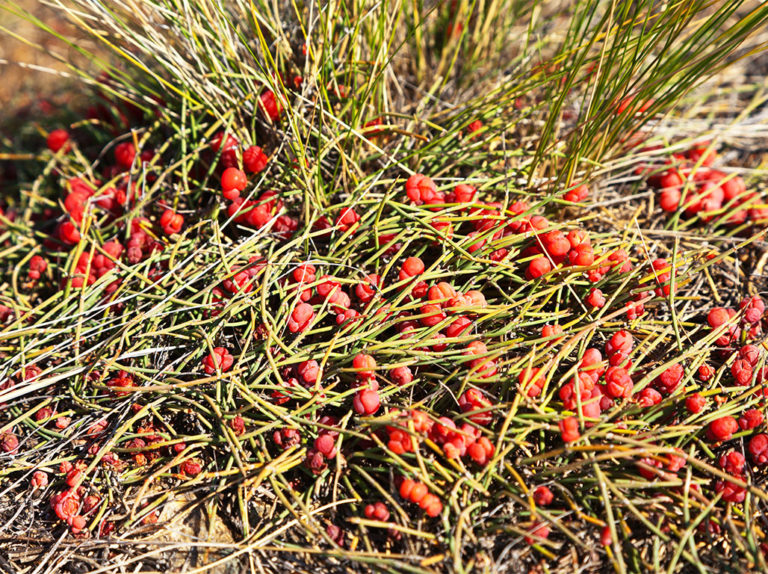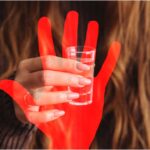Ephedra (Ephedra sinica), also known as Ma-Huang, is an herbal stimulant drug composed of two active compounds (pseudoephedrine and ephedrine) that are ingredients in many over-the-counter products. The FDA regulates ephedrine, the synthesized form of ephedra. Ephedrine can be produced by chemical synthesis and in its pure form (ephedrine sulfate) is a bitter tasting, white, crystalline powder. Ephedrine and pseudoephedrine stimulate the opening of air passages in the lungs and are used as decongestants for the short-term treatment of asthma, bronchitis, and certain allergic reactions. Ephedrine and pseudoephedrine are also used in dietary supplements that claim to promote weight loss and enhance athletic performance. The active compounds are structurally related to amphetamines; they play similar, although less potent, roles in stimulating the central nervous system. Ephedrine is often the primary ingredient found in illegally synthesized drugs, including methamphetamines.
History Of Ephedra
Traditionally, the Chinese have used ephedra to treat asthma and other respiratory problems. Although ephedra is presumed “safe” under the Dietary Supplement Health and Education Act of 1994, the International Olympic Committee, the National Football League, the National Collegiate Athletic Association, and the U.S. Armed Forces have banned products containing ephedra. The controversy over whether ephedra-containing products effectively and safely promote weight loss and improve athletic performance is ongoing. Recently, ephedra was associated with the death of Baltimore Orioles pitcher, Steve Bechler, who died of a heatstroke in February 2003. His death readdressed national attention to the dangers of ephedra.
Ephedra grass is grown and cultivated in many parts of China and India on government-owned farms. China is the world’s largest exporter of bulk ephedrine6. Due to its dangerous effects, the FDA has placed many restrictions on the production of ephedra. Warnings are required on supplement pill labels, cautioning that the product should not be used consistently for more than seven days.
Methods of Use
Ephedra is usually taken orally. A common adult dosage ranges from 30 to 60 mg in a capsule or tablet, 3 to 4 times a day. In low doses, ephedrine is used in the form of nose drops as a nasal decongestant. Ephedra has been found to be used in one protein drink on the market, commonly referred to as Ripped Fuel.
Physical Effects od Ephedra
- Headaches
- Dizziness
- Nausea and vomiting
- Insomnia
- A “boost” in energy
- Sweating
- Increased heart rate and blood pressure
- Stroke
- Seizures
- Heart attack
- Possible death
- Psychological Effects
- Confusion
- Hallucinations
- Psychosis
- Nervousness, agitation, or restlessness
Tolerance
With regular use, an individual can develop tolerance to ephedrine, requiring users to take larger doses to achieve the same effect. Temporary abstinence from ephedrine can restore an individual’s sensitivity to the drug.
Terminology
Ephedra-containing products are legally marketed under some of these terms
- Black Beauties
- Yellow Jackets
- Ripped Fuel (protein drink)
- Natural Ecstasy
Courtesy The University of Maryland
If you or someone you know needs help with addiction, check out Recovery Guidance for a free and safe resource to find addiction and mental healthcare professionals.
Save





















